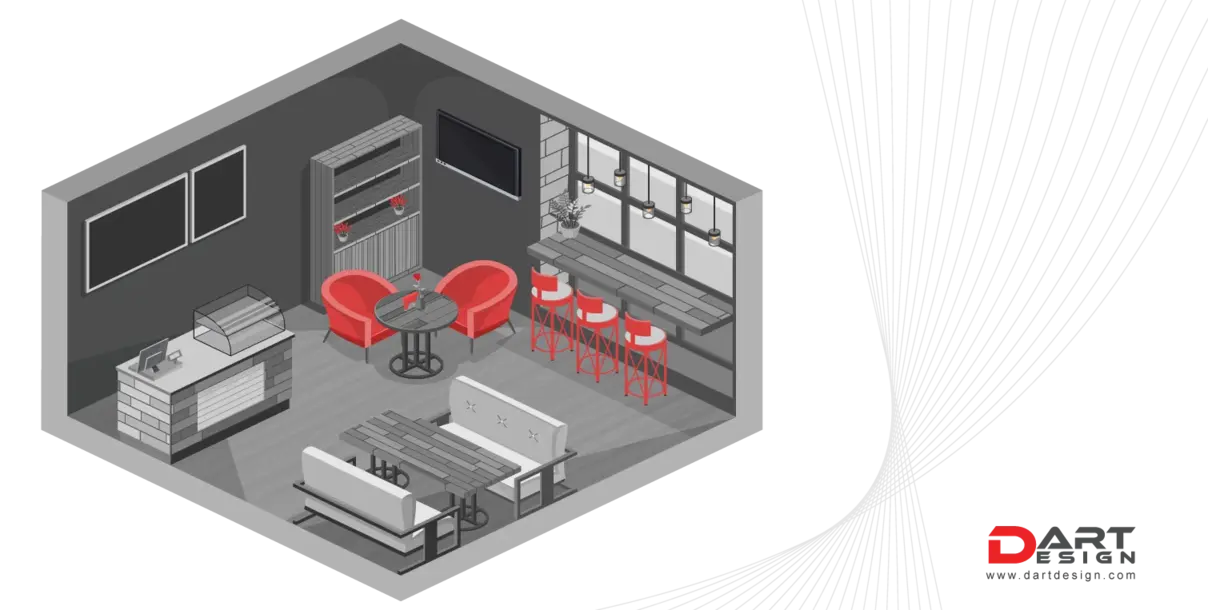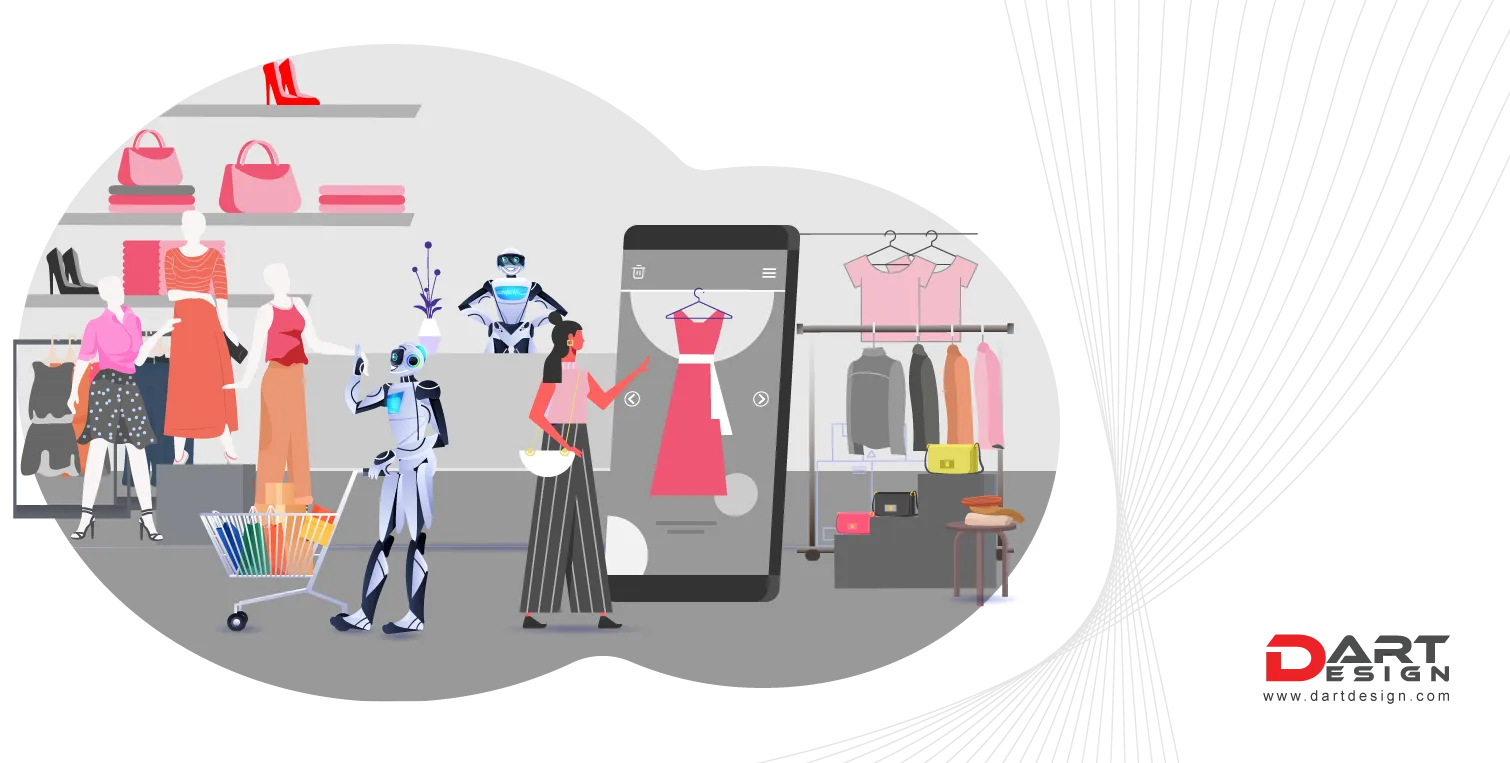It feels like we’re in a constant time loop where global crises keep hitting us without pause. WGSN describes this as a “Polycrisis” where the world keeps stumbling from one quandary to another in months, days, or even hours. And that’s precisely why brands are getting dry with their efforts to make an impact on the people. It directly influences the consumer’s intent to enter a store and be gratified.
The current forecast on various consumer cohorts as future drivers primarily wants more prominent entities to bring a fundamental economic difference. These cohorts see, feel and process their choices & decisions, viewing the sequence of ongoing upheavals altering their wants from their favorite brands. Hence, creating experiences harmonizes the frequency between people and organizations.
Retail interior design is a new world with significant evolutions as the economy progresses toward a breakthrough future. Currently, consumers’ needs & wants are realigning and shaping into the search for a more meaningful presence of objects and purposes. And that’s why the design thinking approach would demarcate the proper positioning for successful brands of tomorrow.
The looming transitions in interiors would pivot around a few core themes that would dedicatedly define the consumer’s preference of experience from brands— The fervor to associate with community, forsaking the normal & awareness of interdependence. Hence, the complete formula of strategizing for a retail store layout design demand inclusivity of trends shaping into norms for global retail brands.
Trends & their progression to change the Retail Interiors
Urban Consumers crave the creation of a market that not just keeps them in the center but gives them access to the remote control system for their shopping experience. Thus, the rise of this CX has prompted retailers to offer more than just products. Elements such as art, communal spaces, or even food are now being introduced into stores to create an environment consumers want.
This change is in synchronization with their marketing gimmicks that generate the purchase intent in people. So the conceptualization of the retail design layout would comprehensively involve these trends:
The Fluid State of Physical & Digital
What’s digital & what’s physical isn’t a grave matter anymore, but not being able to meld them is an opportunity missed. All the commotion around the emergence of metaconomy is slowly turning into a course of action as we are officially living it.
The future forecast visibly states that 2024 will be the year by which consumers and brands will equally choose to inhabit a position where they seamlessly move from physical to digital. And it would be defined as circular existence in the economy.
Hence presenting the experience of augmented reality and immersive digital tech inside the store design would become a self-defining aspect for brands and consumers.
Introducing the ecological factor through provocation in design
Shouldering the responsibility to attend to the climate emergency is the need of the hour, and consumers are provocative by the current environmental crisis. Hence, aesthetics would only be of value if it integrates feasible processes that focus on change rather than minimizing the negative aspects of designing for the environment.
Regenerative thinking should be the core of the strategy that stays pragmatic but, at the same time, nurtures too. Kelvin Kelly, the futurist calls it Protopias. That is to say, designing a multi-sensory experience by keeping nature and humans together at the center. Brands are already on the way to creating an experience in their exhibitions or store, urging people to design with plants and return to their ancient primitiveness.
Space that vibes like a Community
People-focused initiatives are acing the heart of consumers towards brands who care. The idea of reimagining the care economy is surfaced in culture and community. So, developing spaces that create an ambiance of community and interaction amongst fellow visitors should be the primary agenda of retail brands regardless of a consumer’s ultimate purchase intent getting converted. And this would also involve partnering with local artisans or groups to complete the designing process.
The Key Note
Technology can change how we shop, interact with brands and experience the world around us. Consumers are demanding different experiences from retailers they can engage with in their own making. The future of retail design is expected to be more interactive, experiential, and immersive. It will be determined by the events of the future, which alter the consumer’s behavior.




